iPhone 13 vs. iPhone 11: The biggest differences
Here are the main differences comparing the iPhone 13 vs. iPhone 11 differences
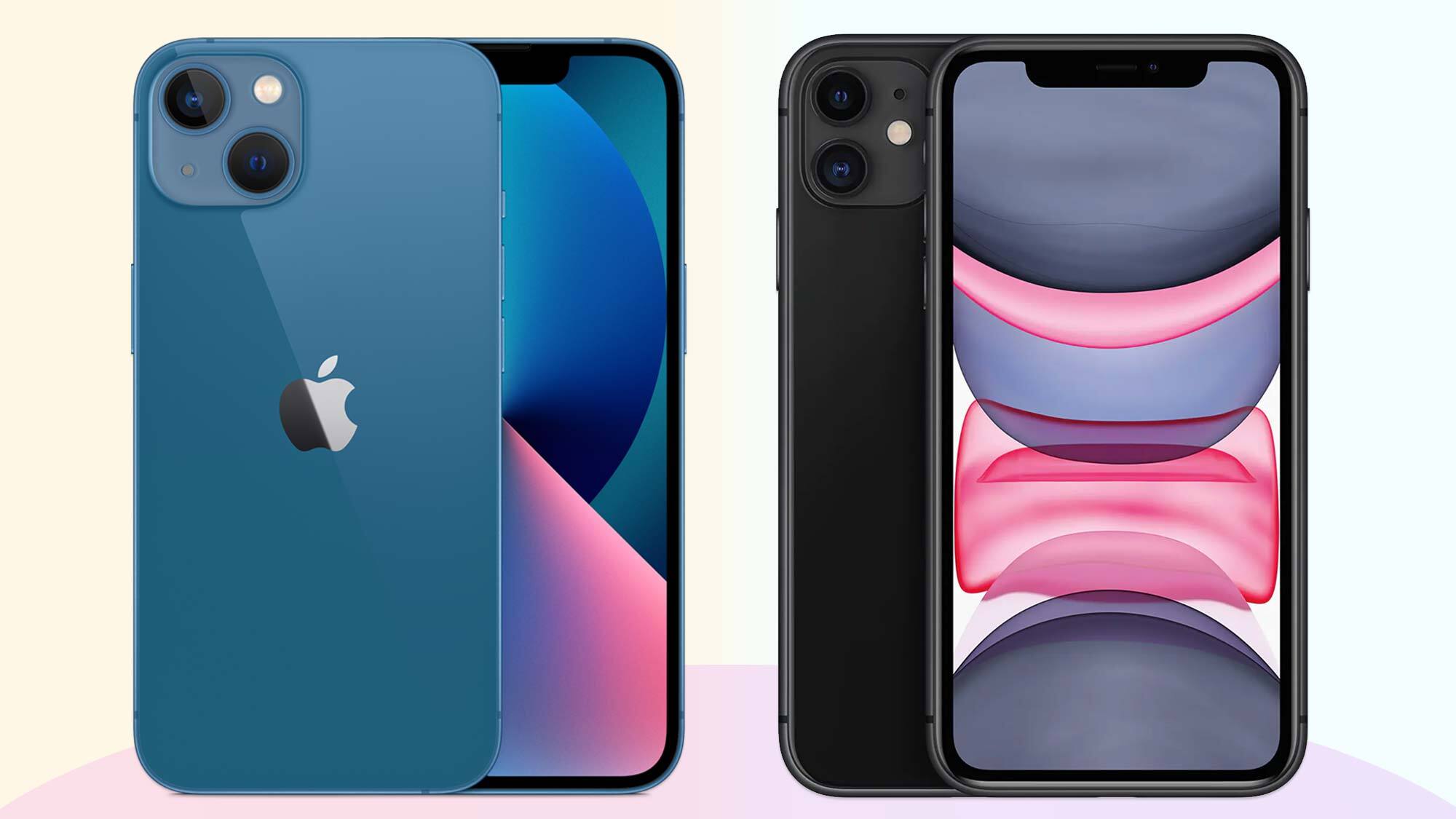
Comparing the iPhone 13 vs. iPhone 11 may seem a little moot now that the iPhone 14 range is out. But it can still act as a good measuring stick to see how much changes between phones separated by two years.
You may also have an iPhone 11, which is still a thoroughly decent phone, but are considering an upgrade. Apple currently sells both the iPhone 14 and iPhone 13, with the latter at a reduced price. And given the upgrades of the iPhone 14 vs iPhone 13 are hardly massive, you may want to go for the older but cheaper phone until Apple launches a majorly different iPhone.
As you'll see in our iPhone 13 review and iPhone 13 mini review, both of these Apple phones come with worthwhile improvements over older iPhones, packing in brighter displays, longer battery life and much more capable cameras. So with that in mind, read on to see how the iPhone 13 vs. iPhone 11 face-off plays out.
iPhone 13 vs. iPhone 11: Specs
| Row 0 - Cell 0 | iPhone 13 mini | iPhone 13 | iPhone 11i |
| Debut price | $599 | $699 | $499 |
| Storage | 128GB, 256GB, 512GB | 128GB, 256GB, 512GB | 64GB, 128GB |
| Screen size | 5.4 inches | 6.1 inches | 6.1 inches |
| Resolution/Brightness | 2340x1080/800 nits | 2532x1170/800 nits | 1792 x 828/625 nits |
| Processor | A15 | A15 | A13 |
| Rear cameras | 12MP main (ƒ/1.6); 12MP ultrawide (ƒ/2.4) | 12MP main (ƒ/1.6); 12MP ultrawide (ƒ/2.4) | 12MP main (ƒ/1.6), 12MP ultrawide (ƒ/2.4) |
| Front camera | 12MP TrueDepth (ƒ/2.2) | 12MP TrueDepth (ƒ/2.2) | 12MP TrueDepth (ƒ/2.2) |
| Digital zoom | 5x | 5x | 5x |
| Colors | Red, Starlight, Midnight, Blue, Pink | Red, Starlight, Midnight, Blue, Pink | Black, green, yellow, purple, red, white |
| Size | 5.2 x 2.5 x 0.3 inches | 5.8 x 2.8 x 0.3 inches | 5.9 x 3 x 0.33 inches |
| Weight | 4.97 ounces | 6.14 ounces | 6.84 ounces |
| Water resistance | IP68 | IP68 | IP68 |
| Battery life | 8:41 | 10:33 | 11:16 (4G) |
iPhone 13 vs iPhone 11: Models and prices
The iPhone 13 did have four models in its lineup: the 5.4-inch iPhone 13 mini, 6.1-inch iPhone 13, 6.1-inch iPhone 13 Pro and 6.7-inch iPhone 13 Pro Max. But only the iPhone 13 and 13 mini are still on sale, and those are the phones we'll be focusing on.
The iPhone 13 costs $699/£749/AU$1,229. And the iPhone 13 mini starts at $599/£649/AU$1,049. Both come with 128GB of storage as standard, you can upgrade to 256GB and 512GB of storage. Check out our iPhone 13 deals page for the best discounts still available today.
The 6.1-inch iPhone 11 cost just $499 for reference but it's not longer available, with the iPhone 12 being the oldest iPhone still available. You may still find the iPhone 11 in stock at other retailers, and perhaps some refurbished units floating around, but you may want to check where actually sells the iPhone 11 still before diving deeper into this face-off.
iPhone 13 vs iPhone 11: Design and colors
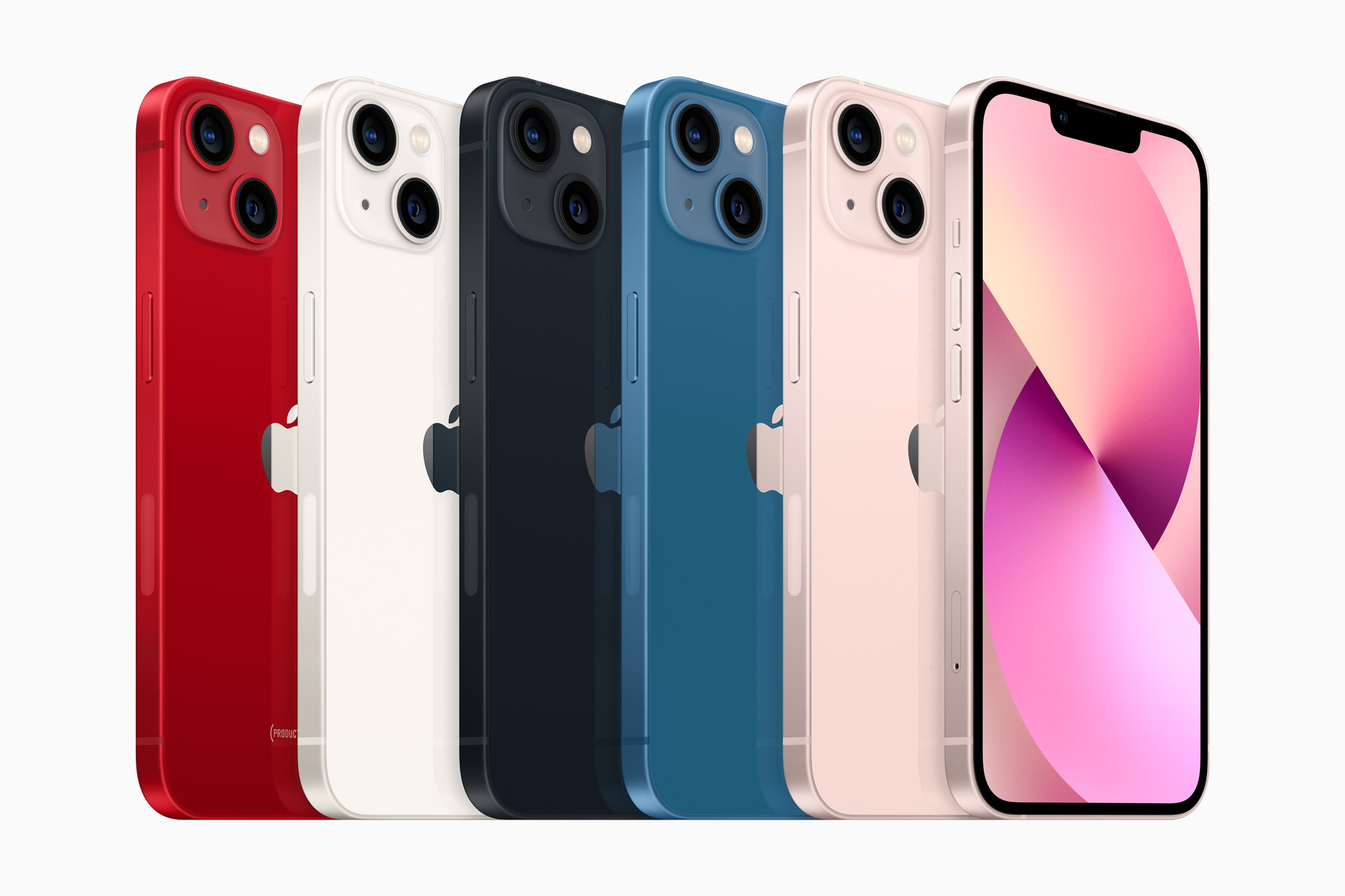
The iPhone 13 has some important design differences versus the iPhone 11. For one, the notch is 20% smaller, which gives up a bit more screen real estate. And just like the iPhone 12, the iPhone 13 sports a Ceramic Shield display that helps protect the phone from drop damage.
Sign up to get the BEST of Tom's Guide direct to your inbox.
Get instant access to breaking news, the hottest reviews, great deals and helpful tips.
Both the iPhone 13 and iPhone 11 are IP68 water resistant, so you shouldn't worry about either phone getting splashed or taking a dunk in water. However, the iPhone 13's water resistance rating is a bit stronger — it can go up to 6 meters as opposed to 2 meters for the iPhone 11.
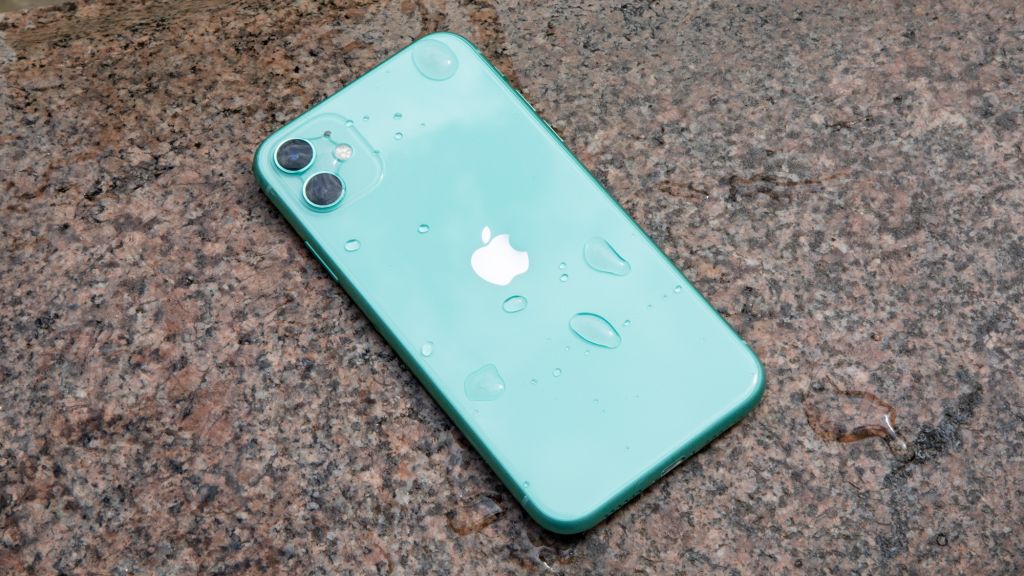
If you're comparing the 6.1-inch iPhone 13 against the iPhone 11, it's nice to know that the newer model is a bit sleeker. The iPhone 13 measures 5.8 x 2.8 x 0.3 inches and weighs 6.14 ounces, while the older iPhone 11 is 5.9 x 3 x 0.33 inches and 6.84 ounces.
The iPhone 13 has five color options, including red, starlight, midnight, blue and pink. There's also a new green color. The iPhone 11 has six colors from which to choose: black, green, yellow, purple, red and white.
iPhone 13 vs iPhone 11: Displays
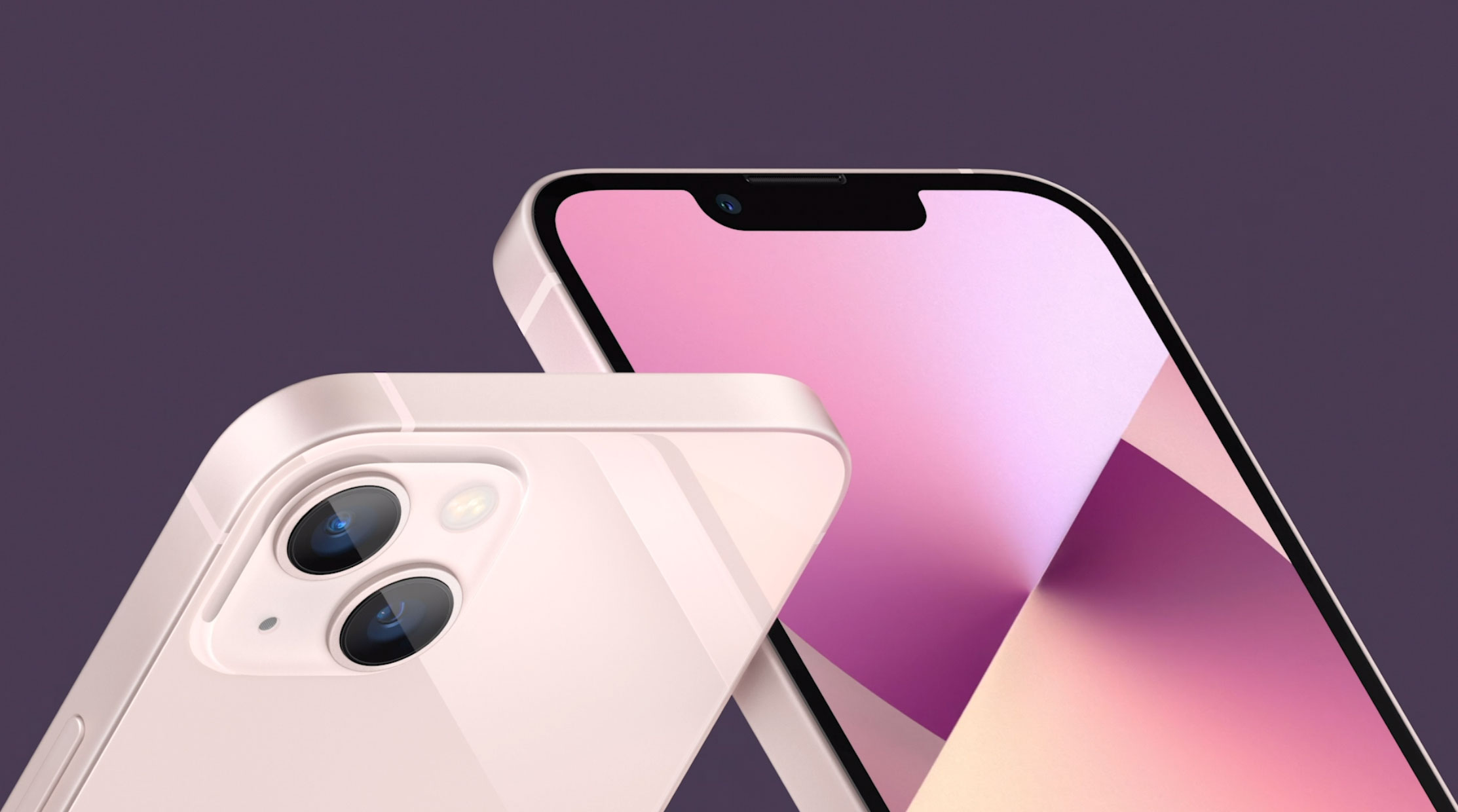
The iPhone 13's display offers a couple of advantages over the iPhone 11. For one, the brightness reached 795 nits, compared to 625 nits for the iPhone 11. So you should be able to better see the iPhone 13's display in sunlight.
And you get a sharper resolution with the iPhone 13 at 2532 x 1170 pixels versus 1792 x 828 pixels for the iPhone 11. Add in better contrast and the smaller notch, and the iPhone 13's screen is clearly better than the iPhone 11. The newest iPhone also uses an OLED panel versus the LCD on the iPhone 11. That means punchier colors and deeper blacks.
iPhone 13 vs iPhone 11: Cameras
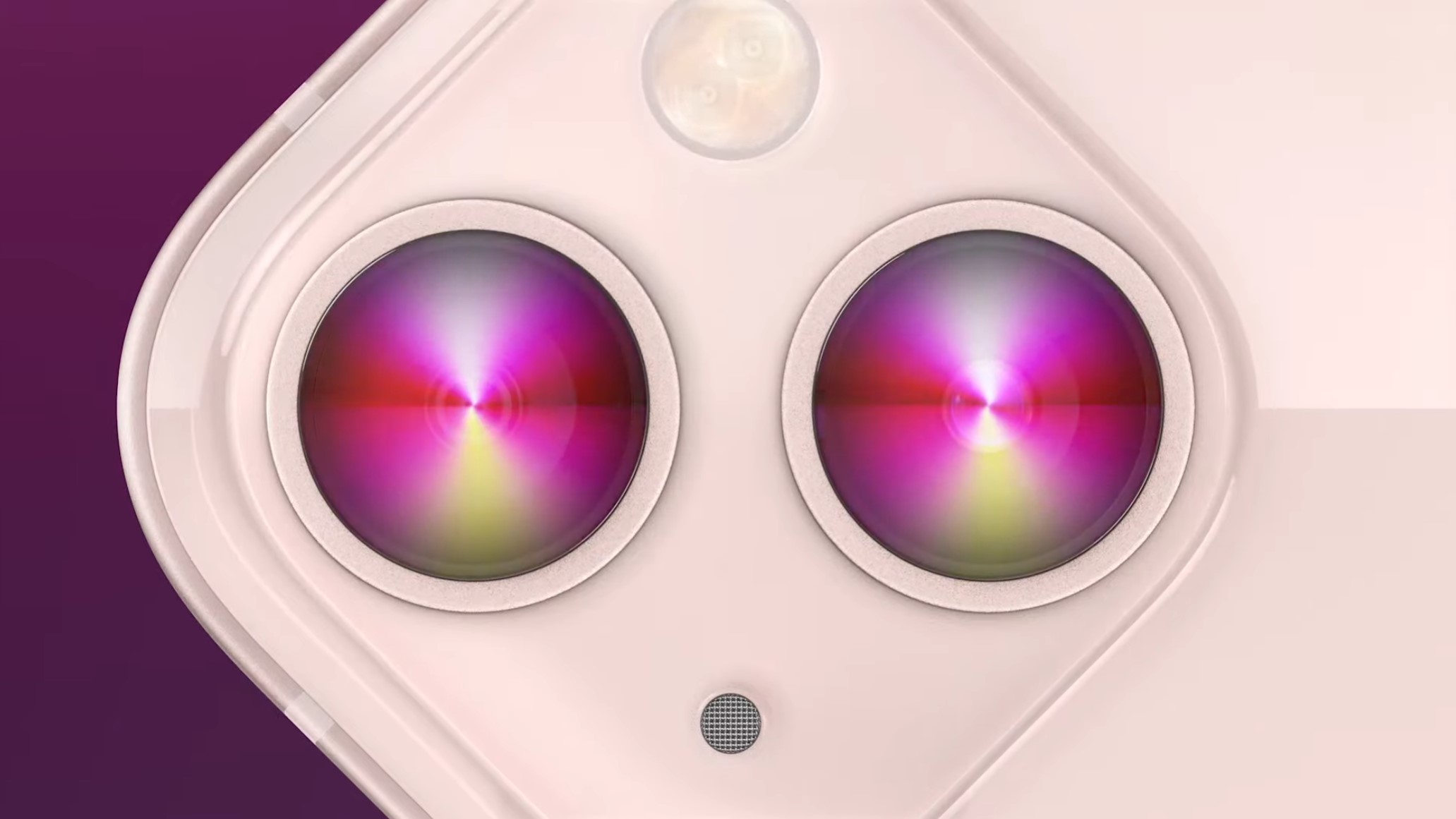
This is where the iPhone 13 truly stands out against the iPhone 11. For one, the new ultrawide sensor lets in 47% more light than the iPhone 12. And the 12MP main wide-angle camera has sensor-shift image stabilization, a feature previously limited to the iPhone 12 Pro Max.
In addition, the wide camera on the iPhone 13 has a f/1.6 aperture, while the iPhone 11 makes do with f/1.8, so you should expect better low-light performance overall.
You also get Photographic Styles with the iPhone 13, which bring personal preferences to your photos in real-time rendering. Think of it as a filter on steroids; check it out below.





The coolest new iPhone 13 camera feature is Cinematic Mode, which dynamically shifts focus and follows the subject of your video. If the subject moves, so will the focus. If the person looks away, the focus will shift to where the subject is looking.
The iPhone 13 video quality should be better overall, too, as it supports HDR Dolby Vision for better colors and contrast.
iPhone 13 vs iPhone 11: Performance and 5G
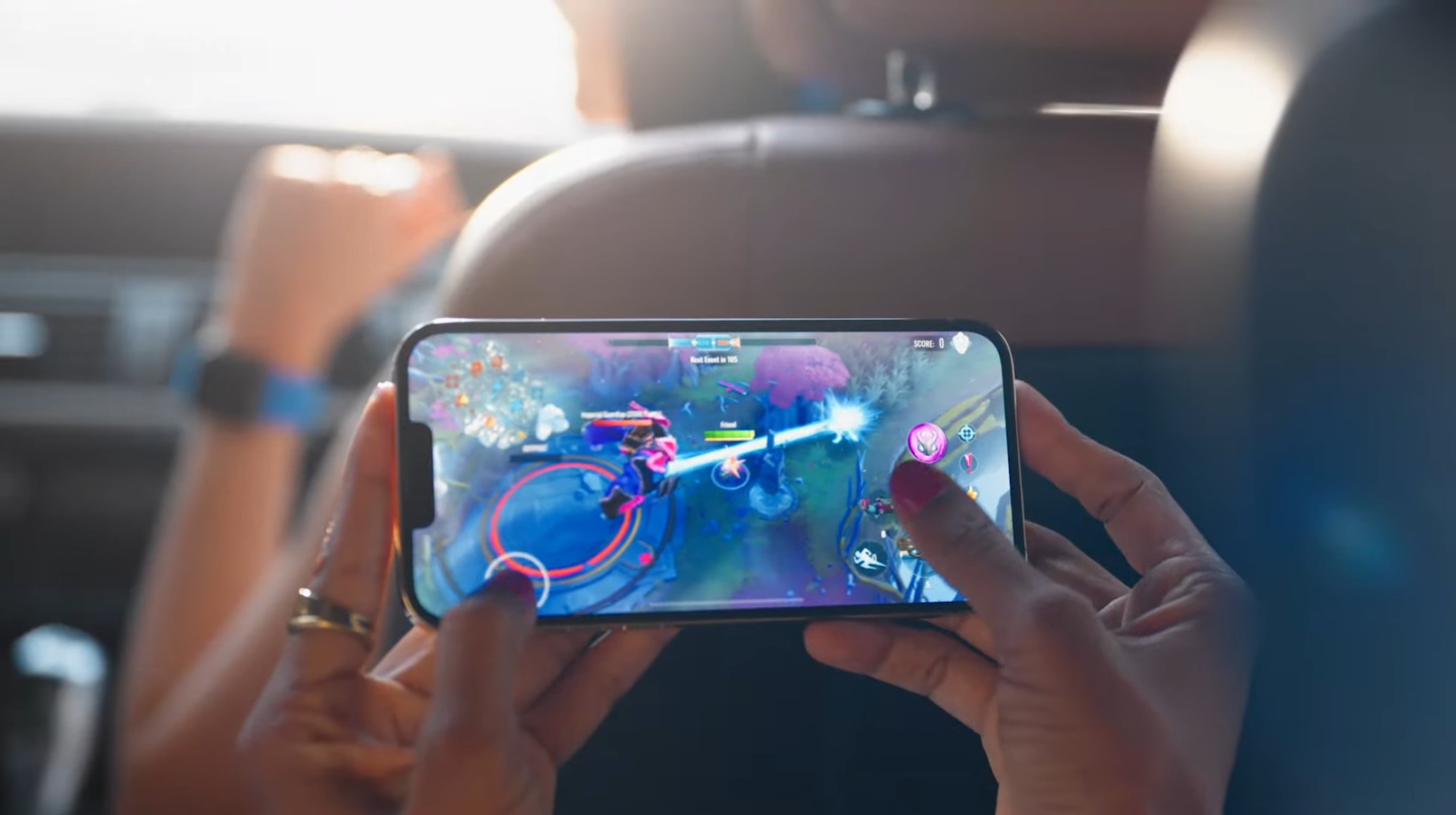
The iPhone 13 supports 5G, which the iPhone 11 lacks. That means you'll be able to tap into faster 5G networks that continue to grow across the country and the world.
In terms of raw performance, the A15 Bionic once again delivers to be the fastest chip inside a phone. This 5nm chip should vastly outperform the 7nm A13 Bionic in iPhone 11, especially when it comes to graphics-intensive games and more demanding tasks like video editing. However, the A13 Bionic is fine for everyday use.
On Geekbench 5, for example, the iPhone 13 scored 4,129 and 1,684 on the multi-core and single-core tests. The iPhone 11 scored 3,251 and 1,333 respectively. And it took the iPhone 13 25.9 seconds to transcode a 4K video to 1080p on our video editing test, compared to 45 seconds for the iPhone 11.
The bigger performance leap comes in with the 16-core Neural engine in the iPhone 13, up from 8 cores on the iPhone 11. This aids everything from image signal processing to the Live Text camera feature in iOS 15.
iPhone 13 vs iPhone 11: Battery and charging
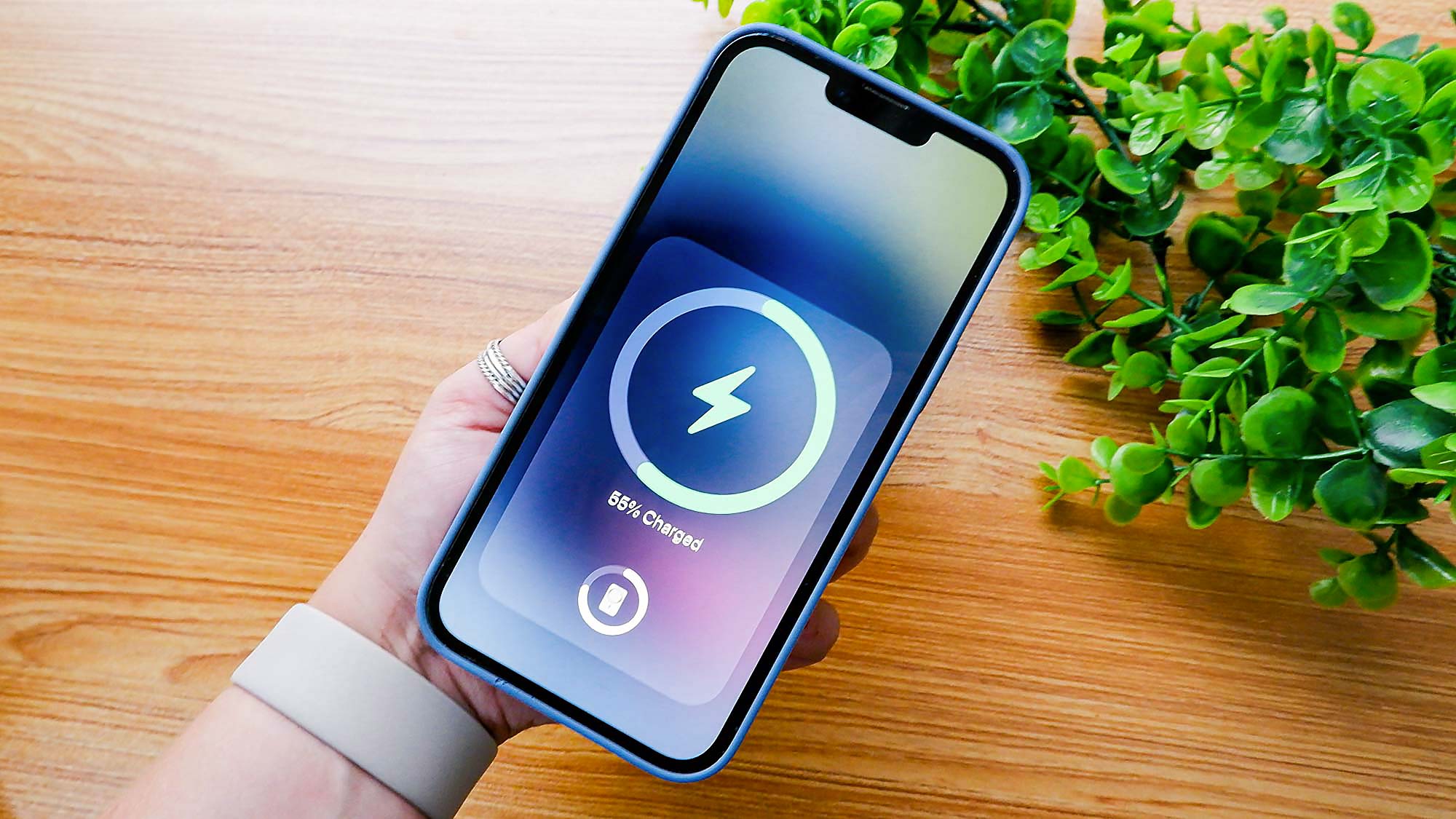
The iPhone 11 lasted a great 11 hours and 16 minutes on our web surfing battery test, but that's over 4G. 5G connections tend to use more power. The 5G-enabled iPhone 13 lasted 10 hours and 33 minutes, which is a big improvement over the 8:25 from the iPhone 12.
The iPhone 11 and iPhone 13 both support 20W charging, which gets you to 50% in 30 minutes. We'd like to see faster charging.
iPhone 13 vs iPhone 11: Bottom line
The iPhone 13 might not be a huge jump from the iPhone 11, certainly in terms of core design and specs. But all the little improvements, from a faster chipset to improved cameras, 5G connectivity and a smaller notch, all add up to make it quite the upgrade.
And the iPhone 13 is broadly similar to the iPhone 14, so if you were to upgrade from an iPhone 11 to the 13, rather than the 14, you'd not be losing out on too much. Furthermore, if you're worried about getting the best bang for your buck and 5G, there's the new $429 iPhone SE (2022).
But if you're still picking between iPhone 13 and iPhone 11, then the iPhone 13 is most likely your best choice.
Mark Spoonauer is the global editor in chief of Tom's Guide and has covered technology for over 20 years. In addition to overseeing the direction of Tom's Guide, Mark specializes in covering all things mobile, having reviewed dozens of smartphones and other gadgets. He has spoken at key industry events and appears regularly on TV to discuss the latest trends, including Cheddar, Fox Business and other outlets. Mark was previously editor in chief of Laptop Mag, and his work has appeared in Wired, Popular Science and Inc. Follow him on Twitter at @mspoonauer.

